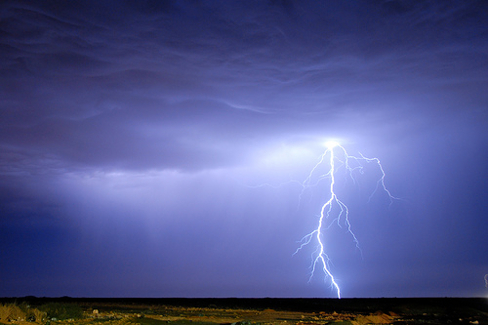The “Nuclear Power Renaissance” might be coming to an end before it has had the chance to flourish. In light of the current nuclear meltdown in Japan, people are growing increasingly suspicious of nuclear plants. Governments in several countries are thus postponing or reviewing plans to advance nuclear power as the keystone of their electricity supply.
In their search for alternatives, policy makers would be well advised to take a good look at natural gas. Recent developments in the market are likely to render it increasingly attractive for consumers.
Firstly, the geography of gas supply is currently being turned upside down. Technological progress has enabled the exploitation of gas reserves previously thought inaccessible in North America. As a consequence, the US has become the world’s main producer, overtaking natural gas giants Russia and Iran.
Europe, India and China, too, are thought to be sitting on vast gas reserves, which may now be exploited thanks to new drilling techniques. At the moment, it remains uncertain how soon, and to what extent, these gas reserves will become economically viable. Nevertheless, global supply of natural gas is expected to rise markedly in the long run. Increased supply coupled with current sluggish demand (due to the global recession) should keep prices low. Moreover, consumers will be able to boost energy security by diversifying their natural gas supply.
Yet, consumers could be hurt if traditional gas exporters such as Iran, Russia and Qatar joined forces to cut supply as they stand to lose from permanently low prices. This could turn out nasty if natural gas output from previously out-of-reach reserves does not grow as quickly as expected. Extraction could indeed take longer and be more costly if worries of ecological damages caused by new drilling techniques translate into tighter environmental provisions in the US and Europe.
Furthermore, the increased availability of Liquefied Natural Gas (LNG) is changing the foundation of the gas business. Up until recently, natural gas could only be transported via pipelines, which led to the regional fragmentation of markets. With LNG technology, however, natural gas can be liquefied, stored in containers and shipped across the seas to be eventually regasified at its destination port.
As LNG suppliers compete in a global market, regional price differences are likely to erode: A global spot market for gas is currently emerging and threatens long-term bilateral agreements between buyers and suppliers, in which the price of gas is usually pegged to the price of oil. Thanks to LNG, global gas markets are becoming more competitive and transparent and will decrease the consumers’ dependence on exporting countries.
Finally, some experts fear that the increased use of natural gas for power might prevent investment in alternative energy. They should however keep in mind that natural gas – despite emitting greenhouse gases – could help curb CO2-emissions in many countries by replacing the twice-as-dirty coal as a power fuel. Furthermore, gas-fueled power plants can be comparatively easily turned on and off. Thus, they can assist to supply power whenever renewable power plants, which provide irregular supply, are unable to meet demand.
Natural gas might become a valuable complement in a more efficient energy future – at least as a temporary solution until alternative technologies are capable of serving the entire electricity market.


